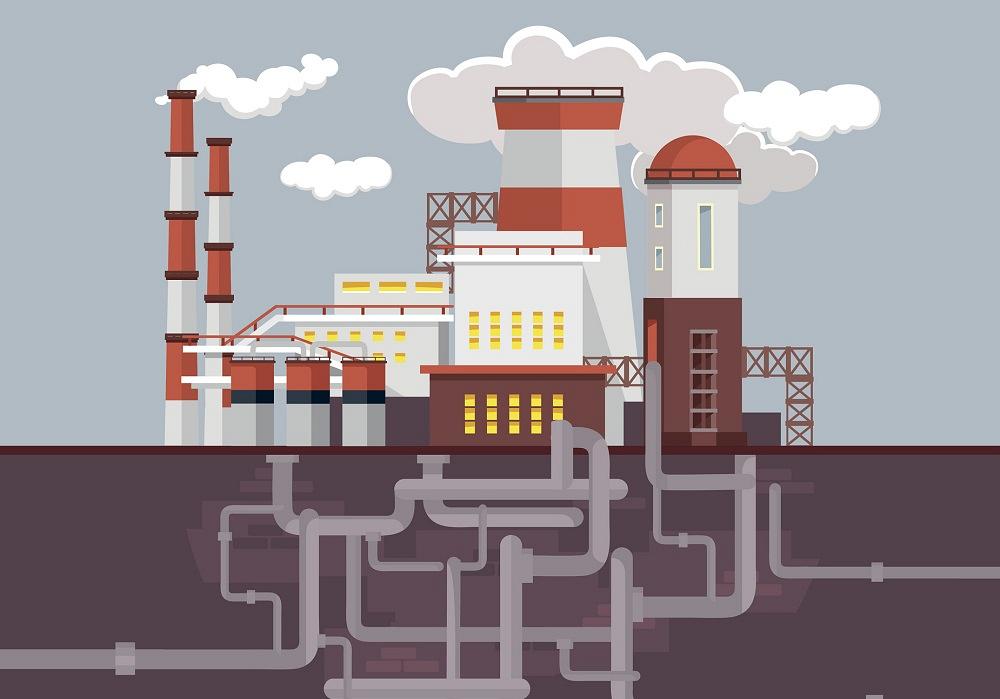- FMA
- The Fabricator
- FABTECH
- Canadian Metalworking
Categories
- Additive Manufacturing
- Aluminum Welding
- Arc Welding
- Assembly and Joining
- Automation and Robotics
- Bending and Forming
- Consumables
- Cutting and Weld Prep
- Electric Vehicles
- En Español
- Finishing
- Hydroforming
- Laser Cutting
- Laser Welding
- Machining
- Manufacturing Software
- Materials Handling
- Metals/Materials
- Oxyfuel Cutting
- Plasma Cutting
- Power Tools
- Punching and Other Holemaking
- Roll Forming
- Safety
- Sawing
- Shearing
- Shop Management
- Testing and Measuring
- Tube and Pipe Fabrication
- Tube and Pipe Production
- Waterjet Cutting
Industry Directory
Webcasts
Podcasts
FAB 40
Advertise
Subscribe
Account Login
Search
Manufacturers planning for 2020 and beyond
Forecasting economic, structural changes for the fabricating industry
- By Eric Lundin
- January 27, 2020

If you’re a metal fabricator, you shouldn’t pay too much attention to the big-picture economic forecasts. Fabrication makes up just 2% of the U.S. gross domestic product, so you could say that 98% of an overall forecast doesn’t apply to this industry. Getty Images
A new year and a new decade have arrived, and of course we’re all wondering what to expect.
Making a forecast for a specific industry or an entire economy is always a little dicey, but many of the latest forecasts predict that the U.S. economy will continue to grow in 2020 and 2021, inflationary pressures will remain subdued, and unemployment will remain low. That’s solid, but overall it’s not likely to be anything spectacular. Many economists estimate that the gross domestic product (GDP) will be around 2% in 2020, and more than likely it will fall a little further in 2021 and 2022. Inflation and the unemployment rate will probably creep up. The economy is expected to run neither hot nor cold, but just lukewarm.
The downside in using a broad measure, such as GDP, is that doesn’t reflect activity in specific industries. Services account for 47% of GDP, and nondurable goods (items expected to last less than three years) make up another 14%, whereas durable goods is a mere 7.2% of GDP, and fabricated metal product is about one-third of that, at 2% of GDP.
Anyone who attended the recent FABTECH® expo (Nov. 11-14, 2019) can tell you that the activity on the floor at McCormick Place certainly didn’t reflect a gradual slowdown in metal fabrication. If anything, it reflected quite a bit of enthusiasm. Despite a shaky start with severe weather that resulted in many flight delays and cancellations, FABTECH experienced record-setting attendance (48,278, which was a 7% improvement over the previous 2017 Chicago expo). If anything, FABTECH seemed to reflect a confluence of three factors that will change the character of manufacturing forever.
First up is the prevailing unemployment rate. It has been extremely low, between 3.5% and 4.1%, for two years now, and it’s not likely to rise very quickly. Skilled workers aren’t available, and unskilled workers are hard to come by as well.
Second, more job vacancies are appearing as demographics change. Many in the Baby Boom generation have started to retire, and by some estimates, this trend will create 10,000 new job openings per day at its peak.
Finally, the capabilities of robots and collaborative robots continue to progress unabated. At FABTECH, a great number were on display, along with the software for programming them.
For the last 10 to 20 years, nearly everyone in the manufacturing industry has been discussing the skilled worker gap and fearing the impending wave of retirements, but now it’s time to quit talking and quit worrying. These trends are in full force and aren’t going to reverse themselves anytime soon, if ever. To keep moving forward, manufacturers large and small are going to need to rely more heavily on robotics, automation, and mechanization.
This year is full of opportunities to learn much more about these trends and how other fabricators are dealing with them. First up is FMA’s Annual Meeting, which is always a wellspring of ideas about emerging technologies and the latest manufacturing concepts. It takes place in San Antonio March 3-5. To see the latest tube- and pipe-related equipment, you can visit Tube®, the biennial expo held March 30–April 3 in Düsseldorf, Germany.
subscribe now

The Tube and Pipe Journal became the first magazine dedicated to serving the metal tube and pipe industry in 1990. Today, it remains the only North American publication devoted to this industry, and it has become the most trusted source of information for tube and pipe professionals.
start your free subscriptionAbout the Author

Eric Lundin
2135 Point Blvd
Elgin, IL 60123
815-227-8262
Eric Lundin worked on The Tube & Pipe Journal from 2000 to 2022.
About the Publication
- Stay connected from anywhere

Easily access valuable industry resources now with full access to the digital edition of The Fabricator.

Easily access valuable industry resources now with full access to the digital edition of The Welder.

Easily access valuable industry resources now with full access to the digital edition of The Tube and Pipe Journal.
- Podcasting
- Podcast:
- The Fabricator Podcast
- Published:
- 04/16/2024
- Running Time:
- 63:29
In this episode of The Fabricator Podcast, Caleb Chamberlain, co-founder and CEO of OSH Cut, discusses his company’s...
- Trending Articles
Zekelman Industries to invest $120 million in Arkansas expansion

3D laser tube cutting system available in 3, 4, or 5 kW

Corrosion-inhibiting coating can be peeled off after use

Brushless copper tubing cutter adjusts to ODs up to 2-1/8 in.

HGG Profiling Equipment names area sales manager

- Industry Events
16th Annual Safety Conference
- April 30 - May 1, 2024
- Elgin,
Pipe and Tube Conference
- May 21 - 22, 2024
- Omaha, NE
World-Class Roll Forming Workshop
- June 5 - 6, 2024
- Louisville, KY
Advanced Laser Application Workshop
- June 25 - 27, 2024
- Novi, MI


























